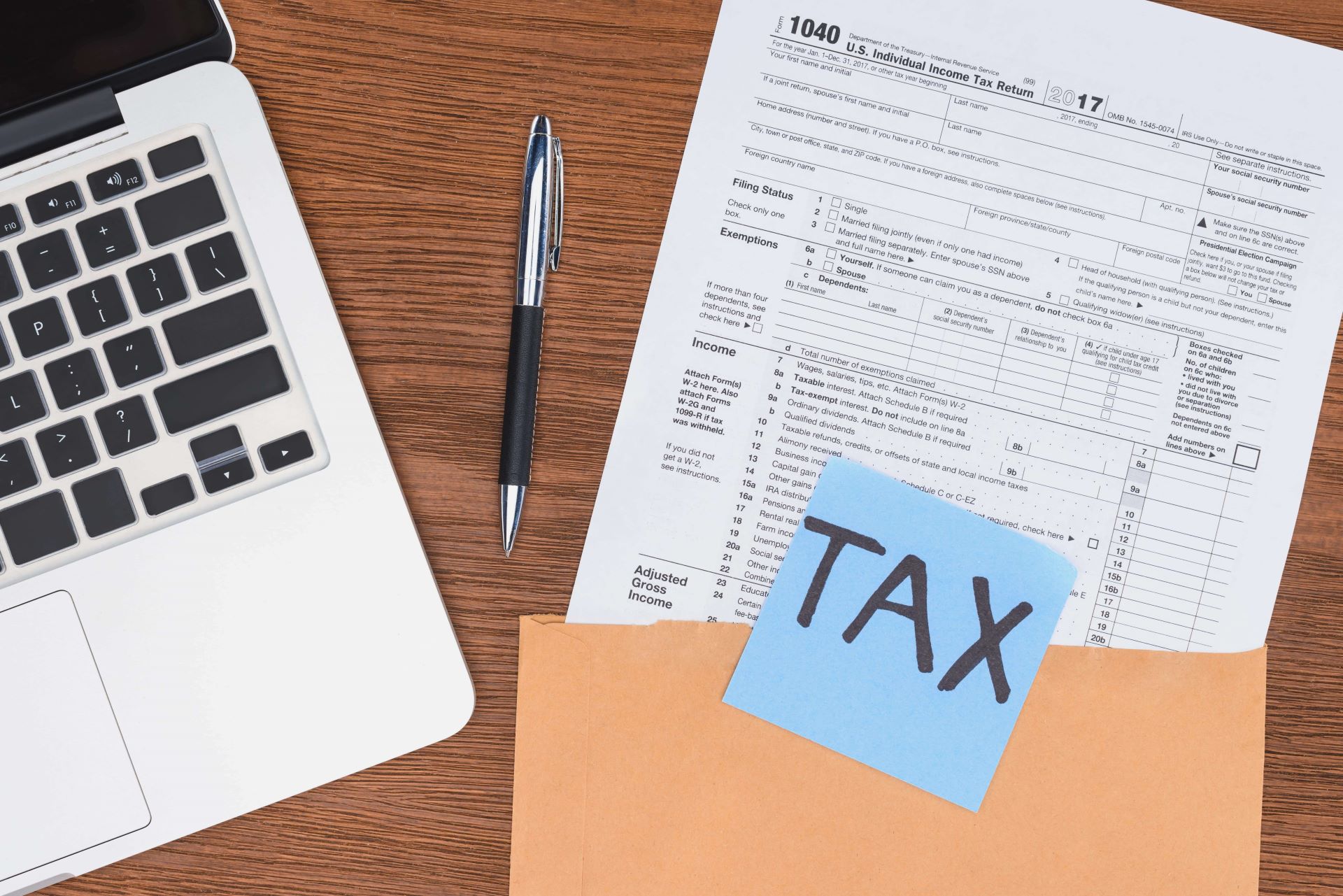Owning real estate properties is an investment that can be either monetarily fruitful or costly depending on your decisions in relation to the state of the real estate market and the economy. One of the many factors you have to keep note of is what particular taxes you have to pay when it comes to owning real estate. When owning real estate property or condo for sale in the Philippines, there are two kinds of real estate taxes that you have to be aware of: the Real Property Tax and the Estate Tax. This blog aims to provide a brief overview of these two kinds of taxes and the relevant details regarding them.
Real Property Tax

Definition of Real Property Tax
According to Section 232 of the Local Government Code or Republic Act 7160, the Real Property Tax is imposed by the local government on properties such as machinery, buildings, land, and the improvements done on both the buildings and land, such as a condo for sale. The local term for Real Property Tax that Filipinos may be familiar with is “amilyar,” and it is an “ad valorem tax,” which means it is a fixed payment in relation to the respective property’s value.
Section 200 of the Local Government Code states that both cities and provinces are responsible for the effective and proper collection of Real Property Tax. Accordingly, the payments for the Real Property Tax are collected by Local Government Units as a source of funds for their activities and projects. Section 199 of the Local Government Code state that the collection of the Real Property Tax must be guided by the following:
- “Real property shall be appraised at its current and fair market value;”
- “Real property shall be classified for assessment purposes on the basis of its actual use;”
- “Real property shall be assessed on the basis of uniform classification within each local government unit;”
Why was the Real Property Tax implemented?
Section 232 of Republic Act 7160, also known as the Local Government Code, implements the Real Property Tax in order to prevent events of “double or multiple taxations,” in which the national policy is the one that will set the tax base, the ceiling of the tax rate, the valuation rules of the taxation, and the limits of the local government in relation to the Real Property Tax.
What specific properties fall under Real Property Tax?
As previously stated, machinery, buildings, land, and the improvements done on both the buildings and land, such as a condo for sale, fall under properties that are taxable by the Real Property Tax. Although the Local Government Code does not specify more than the general definition, Nicolas and De Vega Law Offices state that in the absence of a more specific definition for taxable property under the Real Property Tax, one may view what is considered as real property by Article 415 of the Civil Code as applicable.
These include roads, land, buildings, and construction that is built on soil, along with plant life, trees, and fruits. Everything that is fixed on the land covered by the owned property is considered taxable property as well. This includes states, paintings, ornamentations, instruments, animal houses, fish ponds, fertilizers, docs, rivers, beehives, slag dumps, lakes, mines, and the like.
Are there any exemptions to the Real Property Tax?
Exemptions under the Real Property Tax cover properties that are government-owned and are necessary for the transmission of water and electric supply. Religious properties such as mosques, churches, convents, and cemeteries are also exempted; charitable and educational institutions are also included. In addition, machinery utilized for environmental protection and pollution reduction is exempted.
How is Real Property Tax Computed?
According to Section 233 of the Local Government Code, the basic rates of the Real Property Tax depend on the assessed value of the property in question. The rate for Real Property Tax in Metro Manila is 2% of the assessed value of the respective property, while the rate for Real Property Tax in provinces is 1% of the assessed value of the respective property.
As a simple equation, the Real Property Tax may be computed as follows:
Real Property Tax = Real Estate Rate (2% if the property is located in Manila or 1% if the property is located in a province) x Assessed Value of Property
The assessed value of the property in question depends on the area of the property, like a condo for sale, and its usage.
When and where is Real Property Tax paid?
Property may pay the full Real Property Tax at their municipal or city treasure’s office before January 31 of each year. They may also pay their due Real Property Tax quarterly, wherein the deadline for the first quarter is on or before March 31, the deadline for the second quarter is on or before June 30, the deadline for the third quarter is on or before September 30, and the deadline for the fourth quarter is on or before December 31. Failure to pay the Real Property Tax will cause penalties for the owner of the property or condo for sale.
Estate Tax

Definition of Estate Tax
The Estate Tax is the tax paid in order to preserve the privilege of a property owner to be able to transfer their property, condo for sale, or estate to their heirs at the time of the property owner’s eventual death. The transfer is applicable either through succession or through a written will.
According to Section 84, Rates of Real Estate Tax, “There shall be levied, assessed, collected and paid upon the transfer of the net estate as determined in accordance with Sections 85 and 86 of every decedent, whether resident or nonresident of the Philippines, a tax rate of six percent (6%) based on the value of such net estate.”
The net value of the estate which is stated in Section 84, Rates of Real Estate Tax, is determined by first assessing the gross value of the estate, in which the values of the property are in question during the time of the property owner’s death. Guidelines and rules regarding gross estate are discussed in Section 85 of the relevant tax code.
Furthermore, the rules and guidelines to be followed in relation to the Estate Tax are set by the National Internal Revenue, which is administered by the Bureau of Internal Revenue.
When and where is Estate Tax paid?
The Estate Tax Return must be filed within one year from the property owner’s death, and the Return must be filed with any Authorized Agent Bank under the Revenue District Office. Once the Return Is filed with an Authorized Agent Bank, the taxpayer must accomplish and the submit BIR-prescribed deposit slip accordingly. The payment given by the taxpayer will be validated by the designated machine system along with producing proof of filing the Return and payment of the Estate Tax. Payment channels such as credit/debit/prepaid cards are also available for the Estate Tax.
Read more: Things to Know When Buying Property in the Philippines


